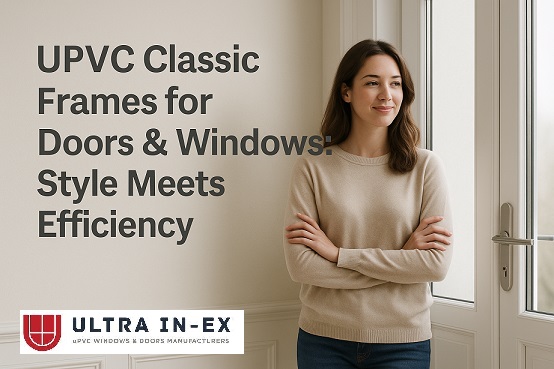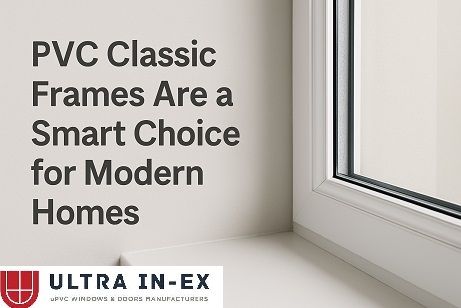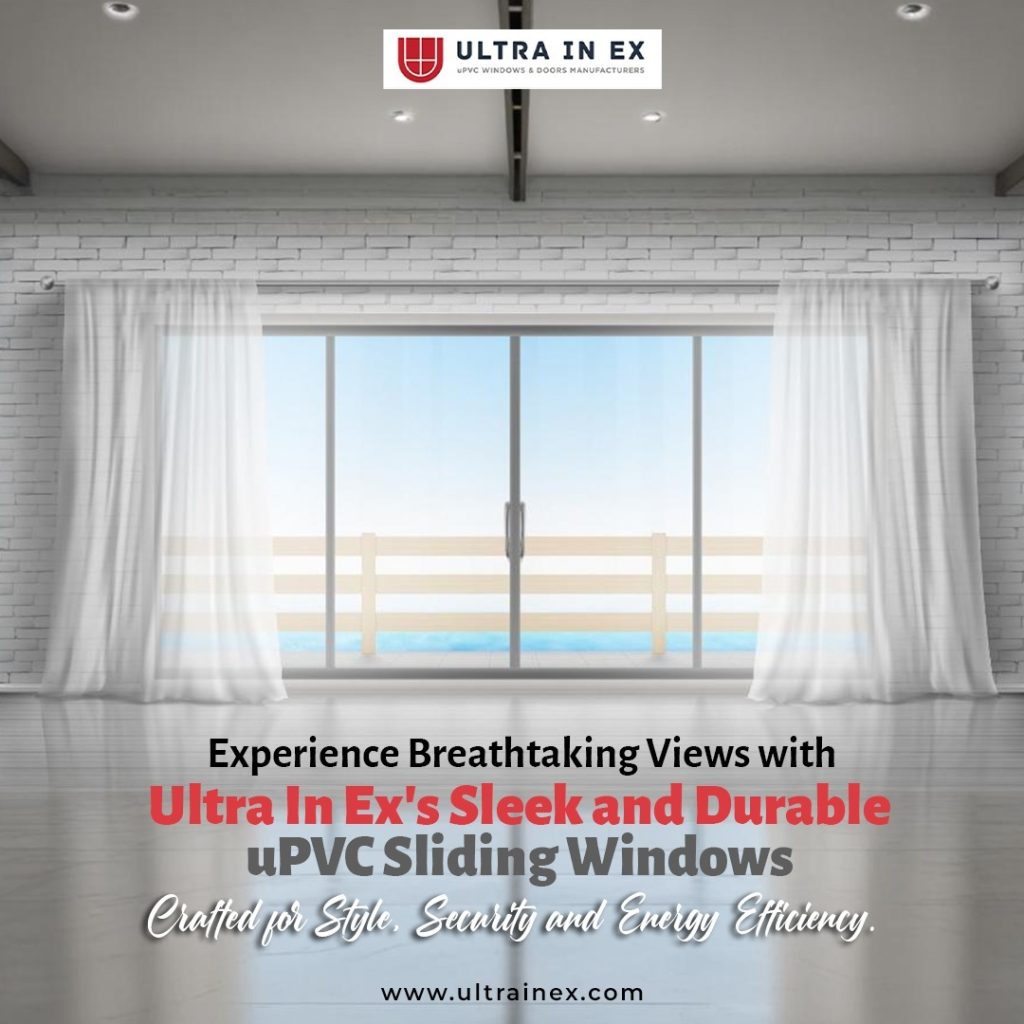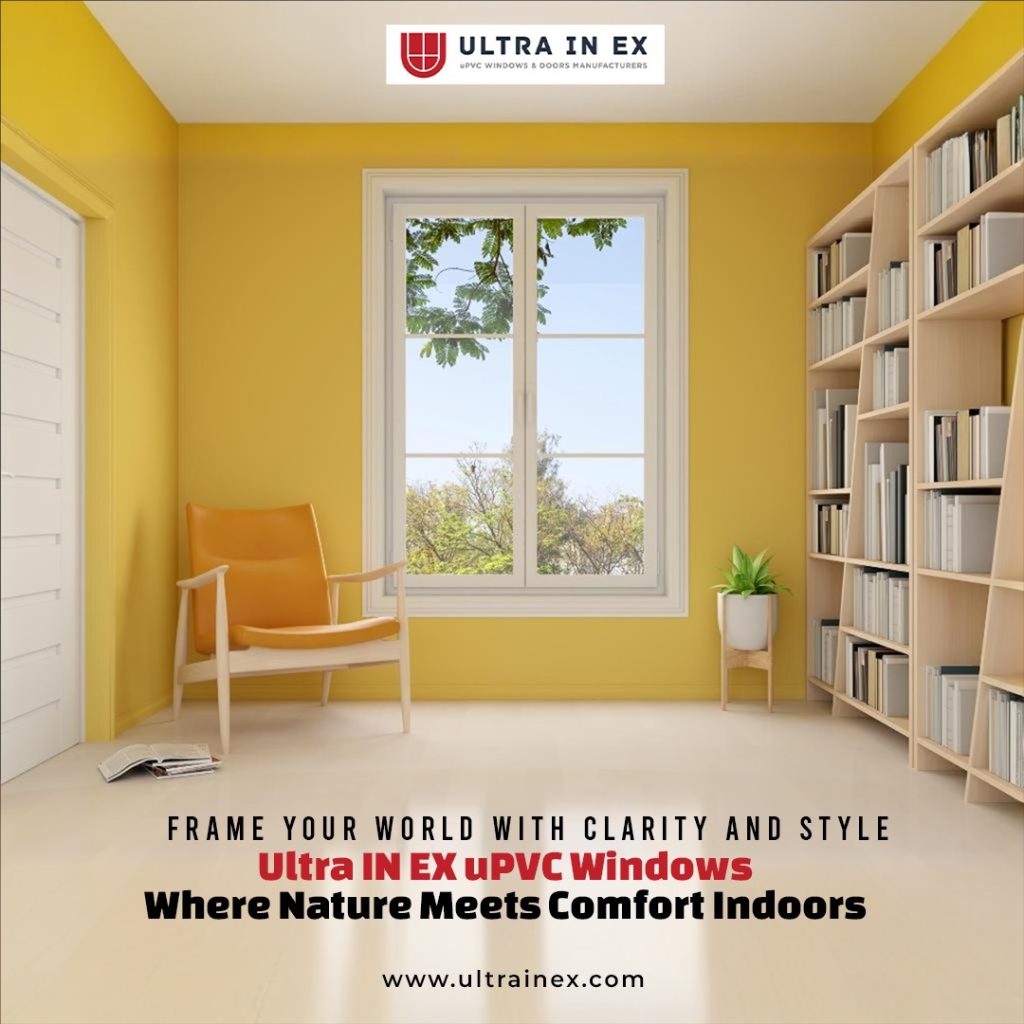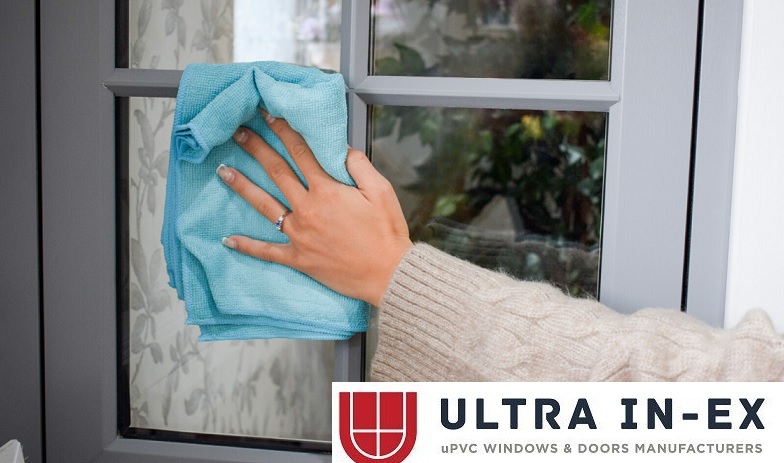In the rapidly evolving world of construction and home improvement, few names stand out for quality and trust like ULTRA IN-EX – uPVC. As one of the leading providers of uPVC windows and doors, ULTRA IN-EX – uPVC has become synonymous with innovation, durability, and customer satisfaction.
Founded with a vision to bring world-class uPVC solutions to homeowners and businesses alike, ULTRA IN-EX – uPVC has consistently focused on delivering products that combine aesthetic appeal with unmatched performance. The company offers a wide range of uPVC windows, doors, and related solutions designed to withstand harsh climates while providing excellent insulation, soundproofing, and security.
Unlike traditional wooden or aluminum frames, ULTRA IN-EX – uPVC products are engineered to last for decades with minimal maintenance. They do not warp, rot, or corrode, making them an ideal choice for both residential and commercial projects. From sleek sliding windows to elegant French doors, every product from ULTRA IN-EX – uPVC is crafted with precision and installed by a team of skilled professionals.
Sustainability is at the heart of ULTRA IN-EX – uPVC’s mission. The company uses eco-friendly materials and manufacturing processes that reduce the carbon footprint and promote energy efficiency. By helping buildings maintain stable indoor temperatures, ULTRA IN-EX – uPVC windows and doors significantly cut down on energy bills, benefiting both the environment and the customer’s wallet.
Another key factor behind the growing popularity of ULTRA IN-EX – uPVC is its commitment to customer service. From the first consultation to the final installation, the company ensures that each project meets the highest standards of quality and precision. This dedication has earned ULTRA IN-EX – uPVC a loyal customer base and an excellent reputation in the industry.
As urban spaces continue to grow, the demand for smart, sustainable, and stylish construction solutions is on the rise. Companies like ULTRA IN-EX – uPVC are leading the way by providing products that cater to modern needs without compromising on durability or aesthetics.
For homeowners and builders looking to invest in superior window and door solutions, ULTRA IN-EX – uPVC remains the trusted choice — a name that promises peace of mind, timeless design, and a commitment to a greener future

